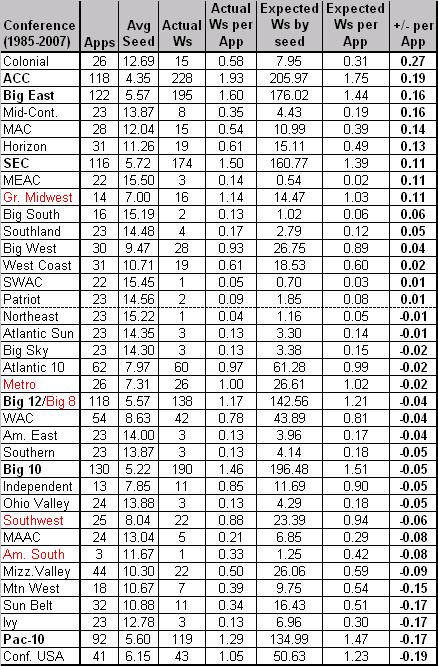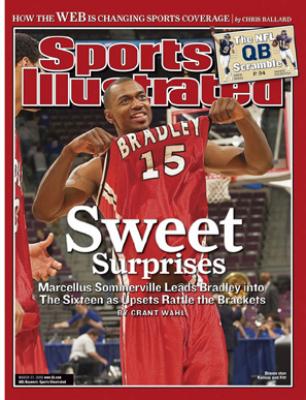Boom Goes the Dynamite: 03.07.09
Posted by nvr1983 on March 7th, 2009We’re back for the final weekend of regular season Boom Goes the Dynamite for this college basketball season. The highlights of the weekend are obviously the two top 10 match-ups (in Pittsburgh on Saturday and in Chapel Hill on Sunday). We would love to provide you with another RTC Live from those site, but apparently we’re not big enough for them yet. (The onus is on you to spread the word.)
In any event, we’re going to make lemonade out of those lemons so we’ll be providing coverage from our bi-coastal offices covering all the action. Today is loaded with 15 of the top 25 playing with the other 10 playing on Sunday. We will be trying out best to provide you with wall-to-wall coverage of the top teams in action as well as RTC Live from several different locations:
- Colonial Athletic Association at 2:30 PM EST for Hofstra–Loyola Marymount with Ryan Kish courtside
- Missouri Valley Conference at 5 PM EST for Creighton–Illinois State with Patrick Marshall
- West Coast Conference at 9 PM EST for Santa Clara–San Diego with Mike Vernetti courtside
In addition to our on-site correspondents we will be focusing in on a few key games for the majority of the day while also channel surfing over to the other games when the situation merits it. Here are the primary games that we will be covering today:
- #1 UConn at #4 Pittsburgh at Noon on CBS
- Michigan at Minnesota at Noon on ESPN and ESPN360.com
- #25 Syracuse at #15 Marquette at 2 PM on ESPN360.com
- #12 Missouri at Texas A&M at 2 PM on ESPN2 and ESPN360.com
- California at #21 Arizona State at 2 PM on CBS
- Oklahoma State at #5 Oklahoma at 3:30 PM on ABC
- Texas at #9 Kansas at 4 PM on CBS
- Washington State at #13 Washington at 5:30 PM on CBS
- Wright State at #22 Butler at 7 PM on ESPNU
- #6 Louisville at West Virginia at 9 PM on ESPN and ESPN360.com
As you can tell it’s a pretty ambitious schedule so we are asking you, our loyal legion of RTC followers, to help alert all of us if something interesting is happening. You can contribute by leaving a message in the comment section so we all can follow it.
One piece of RTC breaking news, UNC point guard Ty Lawson injured his left big toe yesterday in practice.
11:30 PM: ESPN GameDay is live from Morgantown, WV and they’re doing their own version of Make Your Case. I feel a little bit like Bill Simmons after ESPN stole his Mount Rushmore, but they aren’t paying me a million dollars a year.
11:45 PM: A couple pieces of NCAA tournament news to wrap-up before we focus on our TV for the next 12 hours: Cornell became the first team to officially get into the tournament last night by winning the Ivy League title and 3 others will join them when the Atlantic Sun, Big South, and Ohio Valley have their championship games today.












































